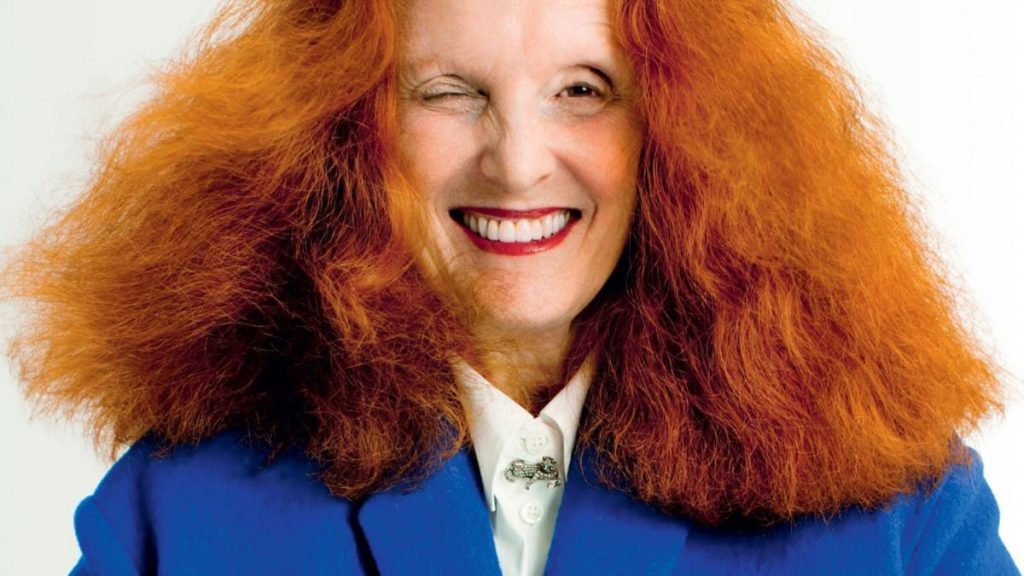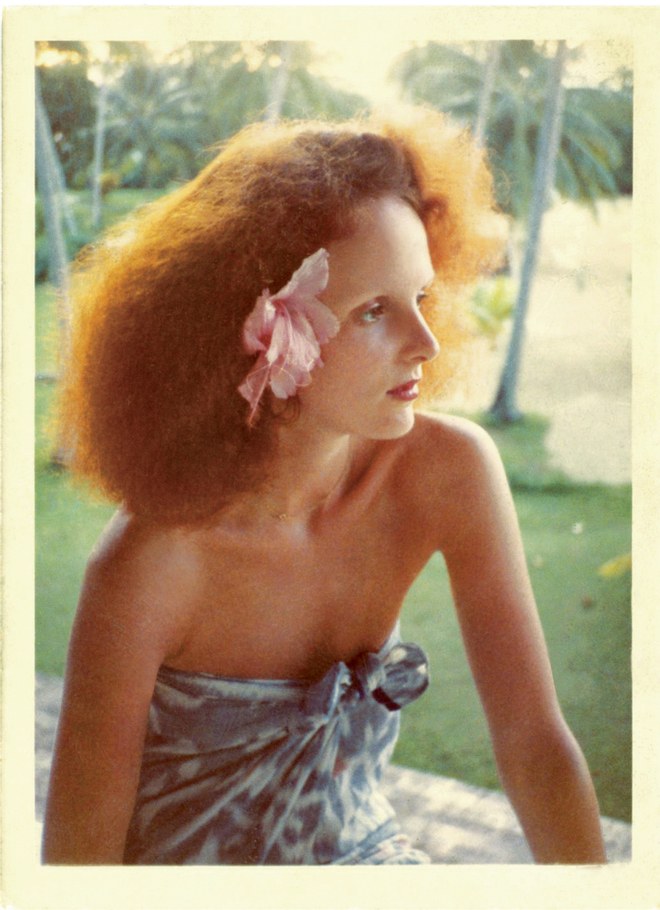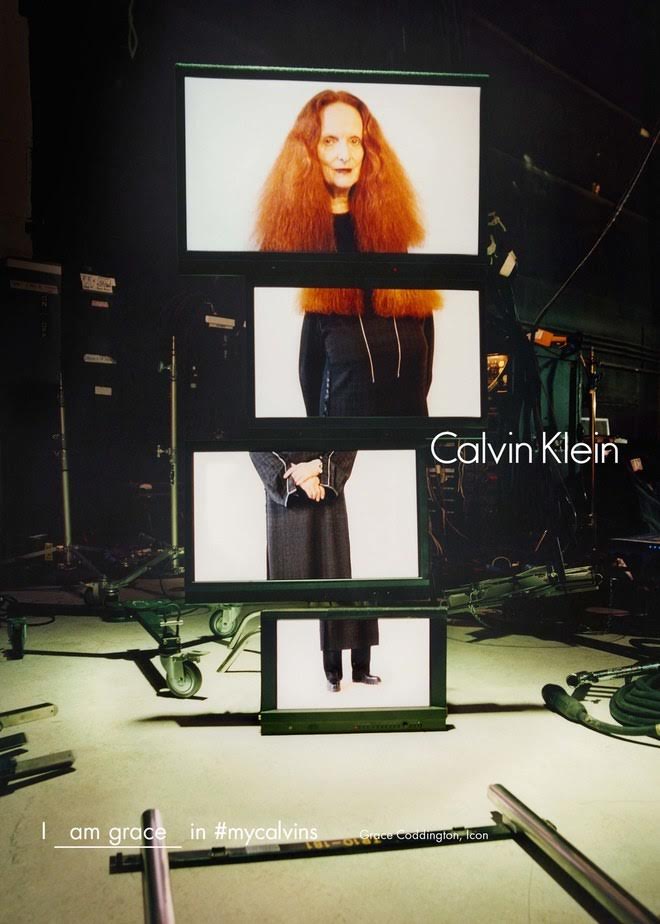By Allison Oberlin

It is high time to acknowledge one of the most inspiring figures in fashion, who serves as the measuring stick for any magazine’s creative director. Grace Coddington or “The Cod” grew up in a small area in the United Kingdom and began her modeling career through a photo contest in Vogue. With the help of Vogue and Vidal Sassoon, Coddington quickly became a successful model during the 1960s. She is known for her signature red hair and developed a style that epitomized the mod aesthetic.

Her career in modeling did not last as long as she had hoped. A car accident in Coddington’s late twenties required her to undergo several plastic surgery procedures on her eyelid. However, she rebounded with a better opportunity when Beatrix Miller, the editor-in-chief of British Vogue at the time, offered her a job as junior fashion editor. Models during this time were expected to do their own hair and makeup, which provided her the basic knowledge of styling and allowed her to excel in this new position. Later, she gained enough experience to be named the creative director of American Vogue. Between these two jobs, Coddington eventually was promoted to design director at British Vogue and later had a stint at Calvin Klein; however her American Vogue years are what has given her the most accolade.

Coddington has since stepped down and taken on the role of creative director at large, which is a trés chic way of saying she will still work at Vogue but is free to pursue other projects too. This is understandable, given that the woman gave her whole life to Vogue. With over 25 years at the company, it is safe to say that she left her mark — incorporating romanticism and decadence in every editorial. During her career, Coddington has created epics with plots, subplots, and characters with a purpose in every scene, as if she is trying to tell the reader a story. She is unafraid to experiment. Coddington once directed a twenties’ inspired shoot, for example, to depict a real photograph from the time. It was not shot in black and white, but had a hazy effect and occasional blur that contradicts the sharpness and contrast preferred by most magazines today.
If the images of fantasy and glamor don’t have you melting into a puddle over this magnificent woman, perhaps her character will change your mind. Upon first glance, she appears intimidating– the way she carries herself with such confidence and dressed in her all black ensembles with a fiery red mane. However, many Vogue assistants claim that her shoots are the ones to score. Unlike many of the other fashion editors who request apparel that is easier to understand, such as feminine pieces from Dior or Rodarte, Grace has been able to pair plaid with a tweed corset for a nostalgic walk in the park. Coddington become a teacher and mentor to anyone on set, showing them how an abysmal cacophony of pieces can be inspiring and broaden one’s understanding of beauty. She is also very down-to-earth, one may venture to say that she didn’t care for fame after she cursed so much in The September Issue documentary so she didn’t spend so much time on camera. Her past as a model provided her with the framework to begin curating a photo shoot and she remembered what it was like to be a model, too. She is the only creative director that will put shoes on a model or fix a hem herself, whereas most other creative directors will ask their assistants to do it for them.

Hopefully Grace Coddington will change people’s perspective of “fashion people.” In addition to her tremendous character, she has inspired people and takes readers on a journey to another world. As the previous editor-in-chief of American Vogue Diana Vreeland stated, “Don’t be boring.” Well, “The Cod” is certainly everything but that.

